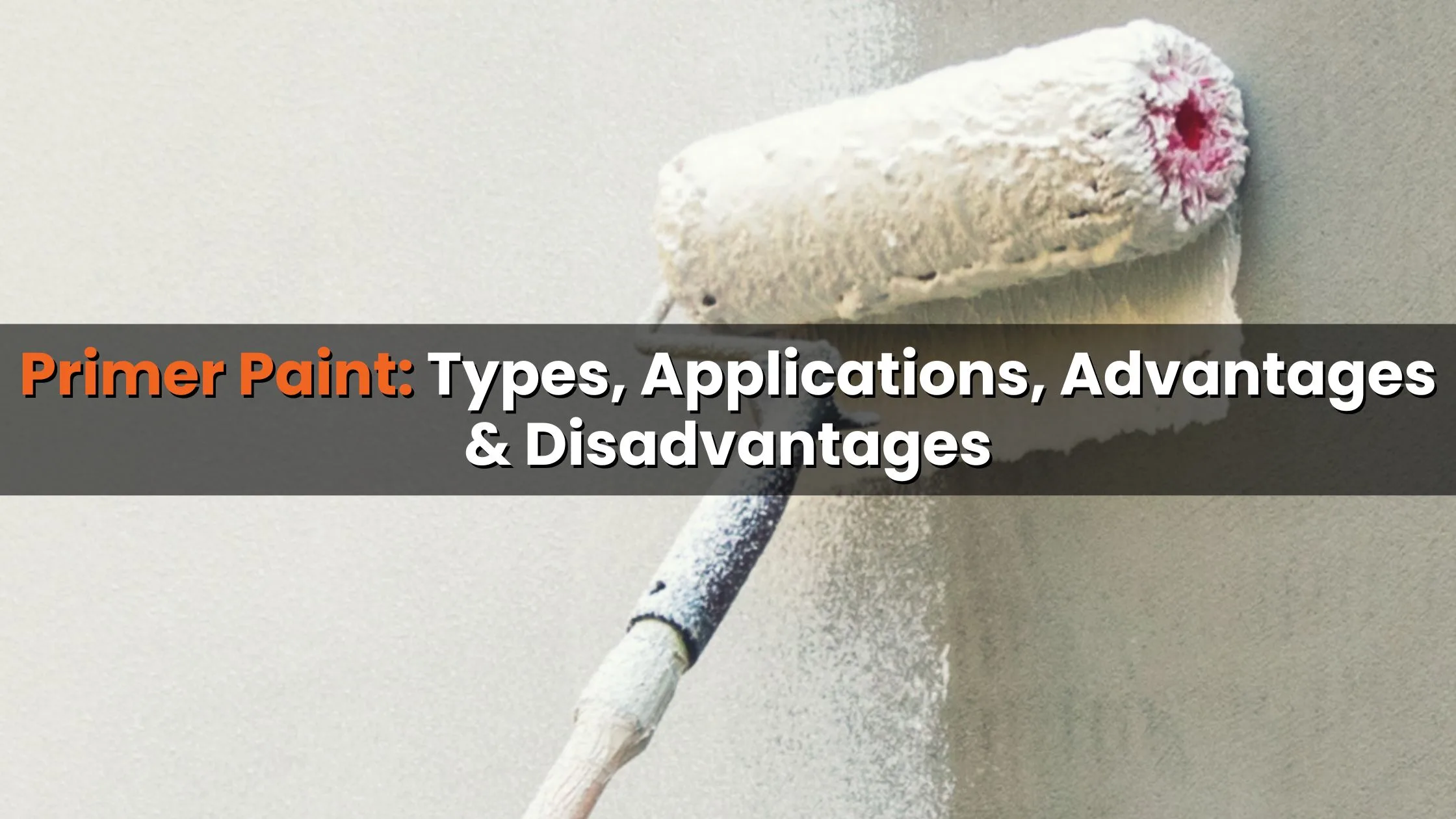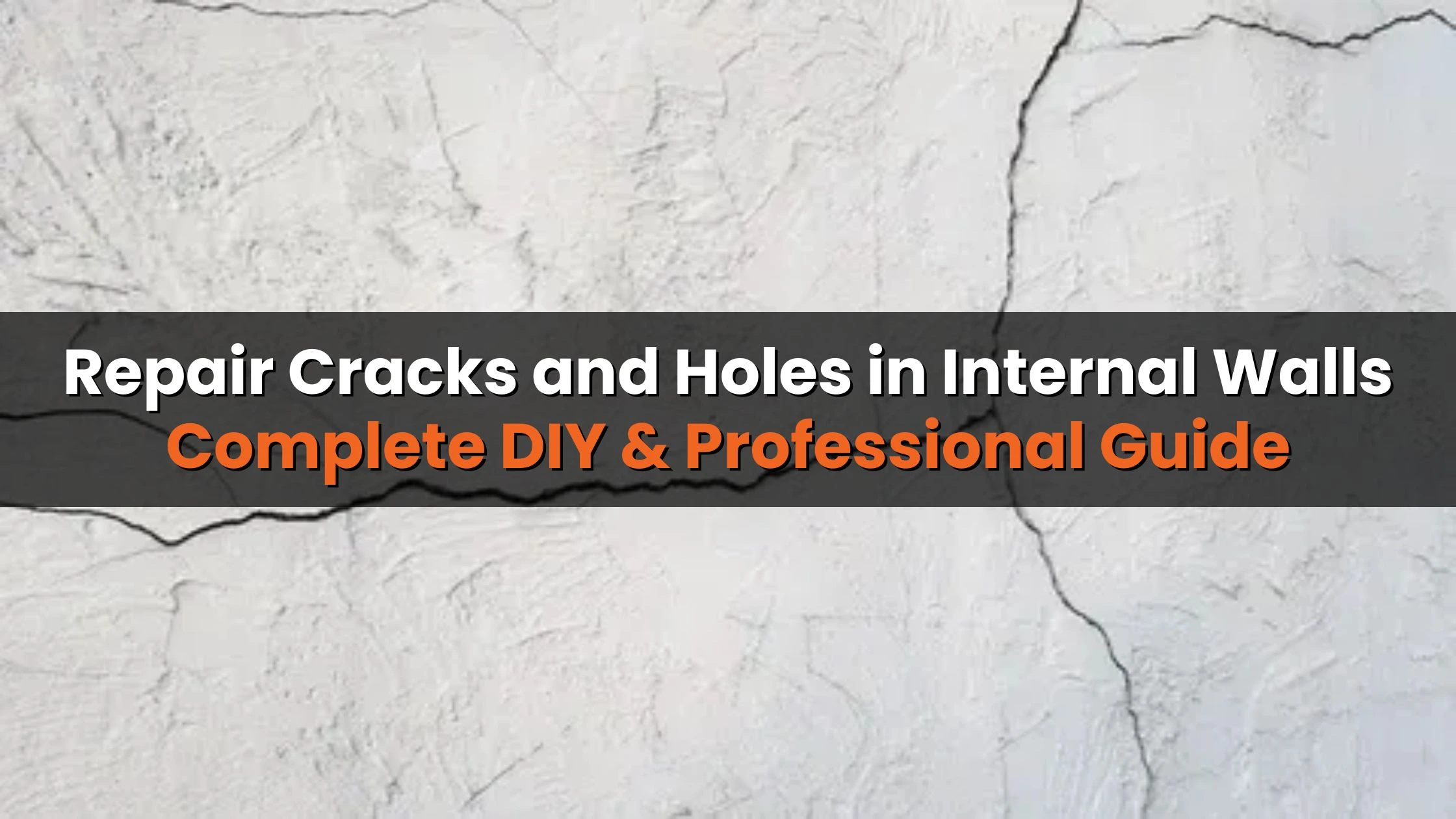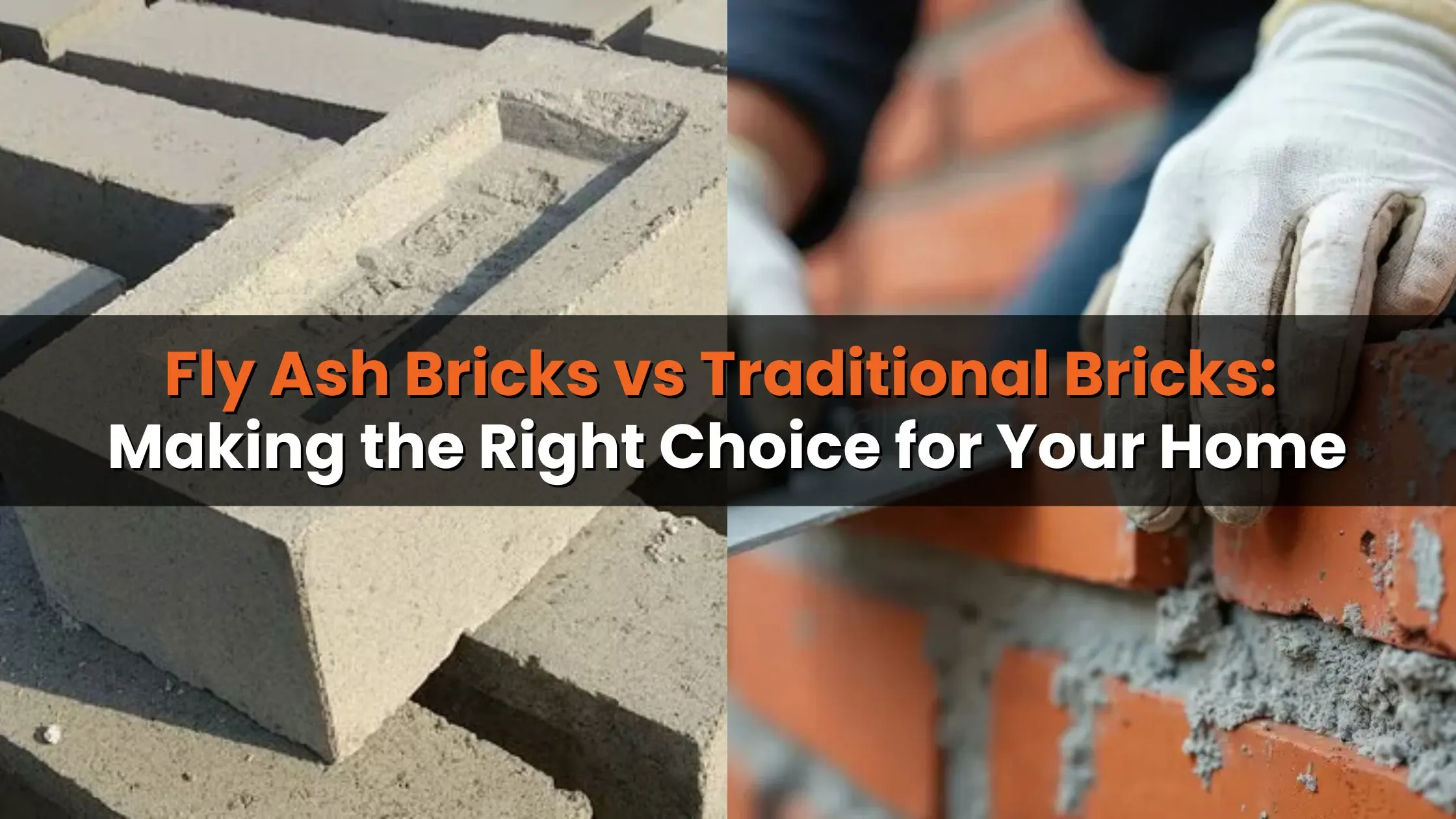Table of Content
Over the years of writing about home improvement and even experimenting with my renovation projects, I’ve realised one thing paint is only as good as the surface it’s applied to. No matter how expensive or high-quality your paint is, without proper preparation, the finish won’t last. This is where primer paint steps in.
Before you pick up a brush or roller, it’s important to understand the types of paint primers for home, their uses, and how they can make all the difference to your walls, furniture, or exteriors. Let me take you through everything I’ve learned about primer paints, not just from research but also from personal trial and error.
What is Primer Paint?
Think of primer paint as the foundation of your painting project. Just like a good skincare routine starts with a base product to prepare your skin, a paint job starts with primer to prepare the surface. It’s a preparatory coating applied before the actual paint to help it stick better, last longer, and look smoother.
I’ve used primer on all kinds of surfaces walls with moisture stains, freshly plastered ceilings, wooden doors, and even rusty metal gates. Each time, the primer acted like a seal, creating a stable, uniform surface so the topcoat could do its job perfectly.
Also Read: Top 9 Roof Cooling Paint Brands to Beat the Heat
Types of Paint Primers for Home
Over time, I’ve realised there’s no “one size fits all” when it comes to primers. Different surfaces and conditions need different primers. Here are the most common types of paint primers for home, and when I’ve found them useful:
- Acrylic Primer – My go-to for general interior walls. It’s water-based, dries quickly, and resists mildew. Perfect for areas that don’t need heavy-duty stain-blocking.
- Oil-Based Primer – This one has been my saviour for sealing wood, blocking stains, and creating a hard, durable base. I once used it on an old wooden cabinet, and it looked brand new after painting.
- Bonding Primer – For tricky surfaces like tiles, laminates, or glass, bonding primer ensures the paint sticks without peeling off. I used it for painting my old laminated wardrobe doors.
- Metal Primer – For any gates, grills, or metal furniture, a good metal primer keeps rust at bay and provides excellent adhesion.
- Masonry Primer – Ideal for brick, concrete, or stucco. I’ve used this to prevent efflorescence and to give a smooth finish on rough walls.
Quick Comparison Table:
|
Primer Type |
Best For |
Key Benefit |
|
Acrylic |
Interior walls, ceilings |
Quick drying, mildew resistance |
|
Oil-Based |
Wood, stained surfaces |
Strong sealing, durability |
|
Shellac |
Heavy stains, knots in wood |
Stain blocking, odor sealing |
|
Bonding |
Slick, glossy surfaces |
High adhesion on tricky materials |
|
Metal |
Iron, steel, aluminum |
Rust prevention |
|
Masonry |
Brick, concrete, stucco |
Prevents efflorescence, smooth base |
How to Choose the Right Primer
When deciding which primer to use, I always consider:
- Surface material – Wood, concrete, metal, or plaster.
- Type of paint – Oil-based or water-based topcoat.
- Location – Indoors or outdoors.
- Condition of the surface – Is it new, stained, glossy, or damaged?
Choosing the right primer is like matching the right medicine to a symptom pick the wrong one, and the results can be disappointing.
Uses of Primer Paint
From my own experience, primer can:
- Seal porous surfaces like fresh plaster.
- Cover up dark colors before applying a lighter shade.
- Block stains so they don’t bleed through the paint.
- Improve adhesion so paint doesn’t chip or peel.
- Protect surfaces from moisture and UV damage.
Advantages of Primer Paint
The biggest advantage I’ve noticed is longevity. Walls I’ve primed have stayed fresh-looking far longer than those I skipped. Other benefits include:
- Better adhesion and smoother finish.
- True color payoff, no weird undertones showing through.
- Fewer paint coats are needed, saving money in the long run.
Disadvantages of Primer Paint
Of course, there are some downsides:
- It adds an extra step to your project, meaning more time and labor.
- Quality primers can be expensive, and not all projects require them.
- Some oil-based and shellac primers have strong odors.
Primer Paint Price in India
When budgeting, I’ve found that prices vary depending on the primer type and brand. Here’s an average price range for the types of paint primers for home in India:
- Acrylic Primer – ₹180–₹250 per litre
- Oil-Based Primer – ₹220–₹350 per litre
- Shellac Primer – ₹400–₹450 per litre
- Metal Primer – ₹200–₹300 per litre
- Masonry Primer – ₹180–₹250 per litre
Also Read: Whitewash vs Limewash: Understanding the Key Differences
Best Primer Paint Brands in India
Over the years, I’ve tried quite a few brands. These are the ones I keep going back to:
- Asian Paints – Consistent quality and wide variety.
- Berger Paints – Great for moisture-prone areas.
- Nerolac Paints – Smooth finish and anti-fungal properties.
- Dulux – Premium quality and durability.
- Indigo Paints – Good adhesion for tricky surfaces.
- Shalimar Paints – Reliable performance at a budget-friendly price.
Final Thoughts
In my experience, skipping primer is like skipping the foundation in makeup. It might look fine at first, but the flaws show up sooner than you’d like. By understanding the types of paint primers for home and picking the right one for your surface, you’ll ensure your paint job not only looks amazing but also lasts for years.
Follow AquireAcers Whatsapp Channel to Stay Updated With The Latest Real Estate News







_1767164061.webp)


Ans 1. Primer paint is a preparatory coating applied before the final paint to improve adhesion, durability, and smoothness. It helps seal the surface, block stains, and ensure the topcoat lasts longer.
Ans 2. Common types include acrylic primers for interior walls, oil-based primers for wood and stained surfaces, bonding primers for glossy or tricky surfaces, metal primers for rust prevention, masonry primers for brick/concrete, and shellac primers for heavy stain blocking.
Ans 3. Consider the surface material, the type of topcoat (oil or water-based), whether it’s for indoor or outdoor use, and the condition of the surface (new, stained, glossy, or damaged).
Ans 4. It improves adhesion, provides a smoother finish, blocks stains, enhances true paint color, reduces the number of topcoats needed, and protects against moisture and UV damage.
Ans 5. Yes, applying primer adds extra time and labor, can increase project costs, and some types like oil-based or shellac primers have strong odors.
Ans 6. You should use primer on new, porous surfaces like fresh plaster or bare wood, over dark colors when switching to a lighter shade, on stained or damaged walls, and when painting metal or glossy surfaces.
Ans 7. Prices vary by type: Acrylic: ₹180–₹250/litre Oil-based: ₹220–₹350/litre Shellac: ₹400–₹450/litre Metal: ₹200–₹300/litre Masonry: ₹180–₹250/litre
Ans 8. Trusted brands include Asian Paints, Berger Paints, Nerolac Paints, Dulux, Indigo Paints, and Shalimar Paints.
Ans 9. You can skip it for already painted, smooth, and clean surfaces in good condition, but for long-lasting and professional results, primer is strongly recommended.
Ans 10. Yes, it can help the paint show its true color by creating a neutral, even base and preventing underlying stains or dark shades from affecting the finish.